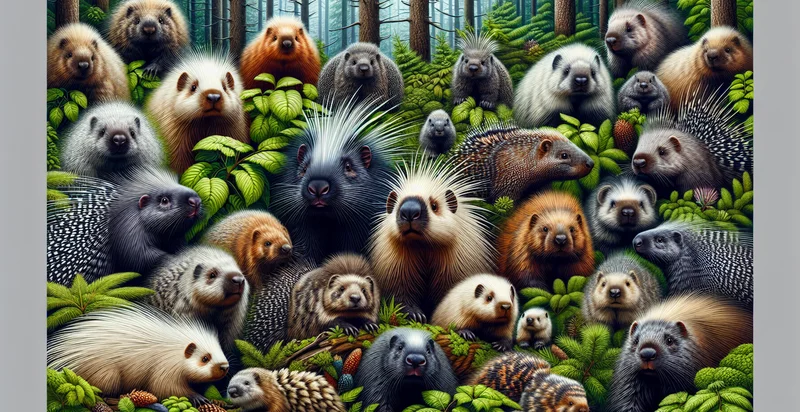Identify rhino species
using AI
Below is a free classifier to identify rhino species. Just upload your image, and our AI will predict which species of rhino it is - in just seconds.

Contact us for API access
Or, use Nyckel to build highly-accurate custom classifiers in just minutes. No PhD required.
Get started
import nyckel
credentials = nyckel.Credentials("YOUR_CLIENT_ID", "YOUR_CLIENT_SECRET")
nyckel.invoke("rhino-species-identifier", "your_image_url", credentials)
fetch('https://www.nyckel.com/v1/functions/rhino-species-identifier/invoke', {
method: 'POST',
headers: {
'Authorization': 'Bearer ' + 'YOUR_BEARER_TOKEN',
'Content-Type': 'application/json',
},
body: JSON.stringify(
{"data": "your_image_url"}
)
})
.then(response => response.json())
.then(data => console.log(data));
curl -X POST \
-H "Content-Type: application/json" \
-H "Authorization: Bearer YOUR_BEARER_TOKEN" \
-d '{"data": "your_image_url"}' \
https://www.nyckel.com/v1/functions/rhino-species-identifier/invoke
How this classifier works
To start, upload your image. Our AI tool will then predict which species of rhino it is.
This pretrained image model uses a Nyckel-created dataset and has 5 labels, including White Rhinoceros and Black Rhinoceros.
We'll also show a confidence score (the higher the number, the more confident the AI model is around which species of rhino it is).
Whether you're just curious or building rhino species detection into your application, we hope our classifier proves helpful.
Related Classifiers
Need to identify rhino species at scale?
Get API or Zapier access to this classifier for free. It's perfect for:
- Rhino Conservation Efforts: Conservation organizations could leverage the 'rhino species' identifier to assist in monitoring and maintaining accurate population counts for various rhino species in the wild. This results in quality information to create more targeted and efficient conservation strategies.
- Anti-Poaching Initiatives: The technology could be used by wildlife law enforcement agencies and anti-poaching units to identify species that are heavily targeted by poachers, thereby developing effective strategies to curb rhino poaching.
- Digital Wildlife Photography Cataloguing: Wildlife photographers and nature publications can use the function to accurately identify and catalogue photographs of rhino species in their digital archives, aiding in easier retrieval for future use.
- Museum & Educational Tools: Museums, zoos, and educational institutions can incorporate the 'rhino species' identifier into interactive exhibits or learning platforms to allow visitors or students to learn about and accurately identify different rhino species.
- Tourism and Safari Operators: Safari operators and eco-tourism agencies could use the technology to help guides and tourists identify rhino species spotted during game drives, enhancing the overall safari experience.
- Wildlife Documentaries: Filmmakers and researchers creating content for wildlife documentaries can use the function to correctly identify and provide accurate information about rhino species featured in their content.
- Advanced Ecological Studies: Ecologists and scientists could leverage this function in their research work promoting deeper understanding of rhino species, their distinctions, and population dynamics. This can provide vital data to support conservation efforts, influence environmental policies, and further ecological studies.


